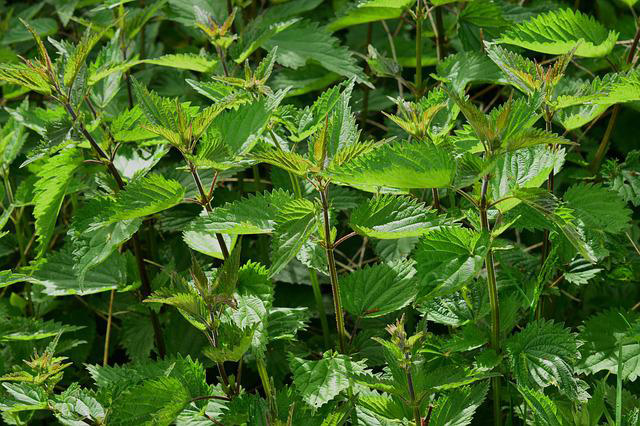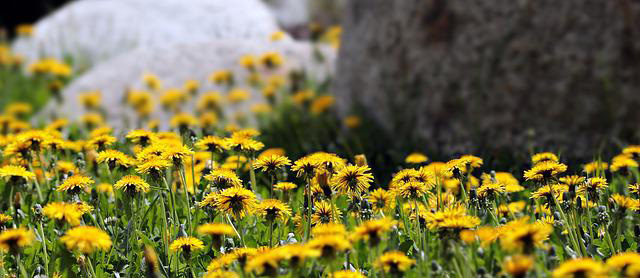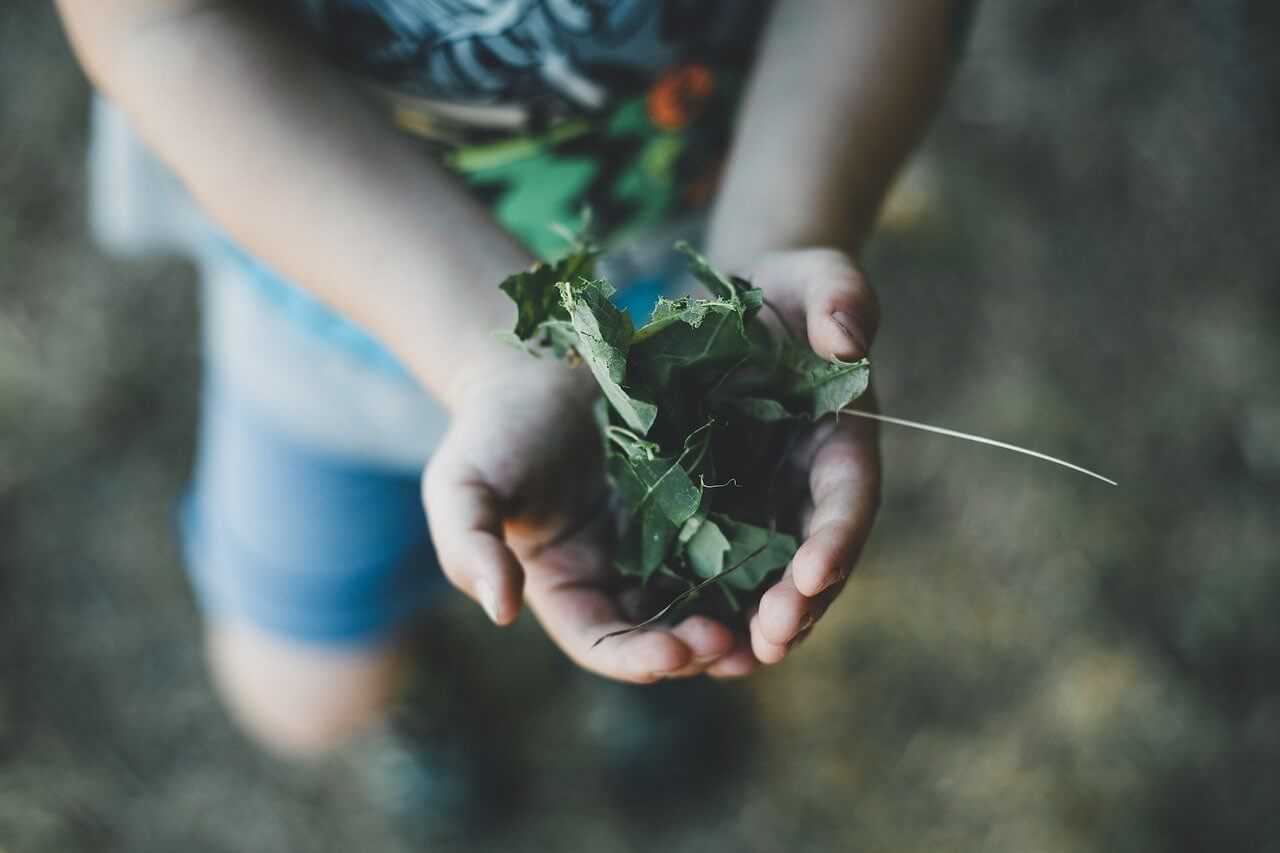Spring foraging is the perfect fun and adventurous activity to get the kids outdoors and interacting with nature! In springtime, the natural world’s larder explodes with an abundance of new growth – April is the perfect time to get foraging!
Just be sure to respect the earth and wildlife and only take what you need. Plus, be sure to only eat wild plants which you can 100% positively identify, and you have foraged from land which is free from contaminants like dog mess and pesticides! Check out the Woodland Trust’s Responsible Foraging Guidelines for more information.
But without further ado, here’s three delicious, easy spring foraging recipes to make with kids, from the wild food on your doorstep!
Wild Garlic Pesto

The scent of wild garlic sprouting from hedgerows and woodlands in March and April is hard to miss!
The leaves can be eaten raw or cooked. They taste milder than shop-bought garlic, so don’t be shy to pick a good handful! When foraging, be sure to only pick the leaves and flowers and not uproot the plant so it continues growing for years to come.
Turn your foraging finds into delicious pesto for pasta and couscous salads by combining wild garlic leaves with parmesan, garlic, lemon and pine nuts.
This BBC Good Food recipe is our personal favourite!

Nettle Soup

Commonly seen as weeds, you probably know nettles or ‘stingers’ for their nasty sting, but Nettles have been used as both a food and a medicine for centuries. Containing lots of vitamins A, C and D, nettles are a great source of iron and calcium too. They have a diuretic effect as well – helping to get rid of toxins in your body!
When foraging nettles, make sure you wear a good set of gardening gloves and pick or snip the freshest foliage at the tips of the nettle – these will be the most succulent and tasty! Once cooked their sting will be eliminated.
Nettles can be treated like spinach and added to stews and sauces, or used make nutritious tea by pouring boiling water on them. However, our favourite recipe to make is nettle soup! Here’s a recipe we love.
Dandelion Honey

Often viewed as a pesky weed, dandelions are full of goodness – packed with vitamin K, calcium, vitamin E, iron, and vitamin C.
When cooked up with sugar and lemon, dandelion flowers make a delicious honey! So why not convert these yellow flowers into a sweet spread for your morning toast or banana bread?
Here’s our favourite spring foraged recipe.
We hope you found these spring foraging recipes inspiring! Tag us in your foraging photos on Instagram, @buttercup_hello – we’d love to hear from you!
The Buttercup Team.



